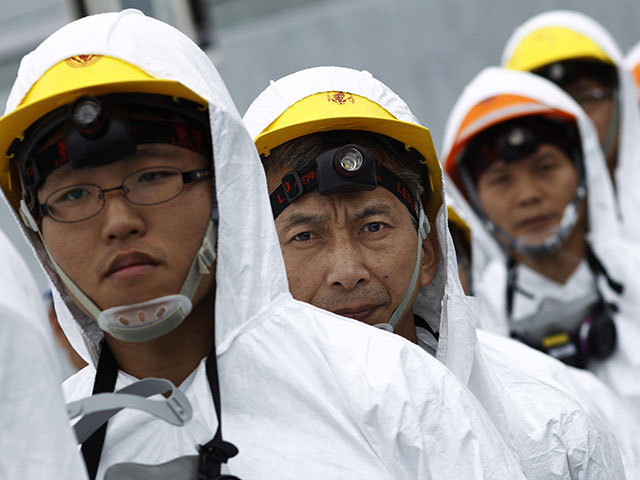
Fossil fuel plants still form a huge part of our power generation fleets and have a relatively low initial capital cost. While technology continues to develop to increase the efficiency of this power source, obvious downsides currently include high ongoing fuel costs, higher carbon emission levels than we would prefer and continued reliance on a finite fuel source. The use of renewable energy resources, such as wind and solar, are increasing. They provide an environmentally friendly source of power and developments are increasing the efficiency and practicality of these solutions. The continuity of power they provide, however, cannot currently always be guaranteed and additional centralized power generation facilities are still very much needed.
Nuclear energy plants have a very high initial investment cost but they offer one way of reducing carbon footprint while providing a high volume, stable electricity supply to the grid. There are concerns about increasing the use of nuclear power, particularly relating to initial capital investment, safety and plant decommissioning in the future. Do these perceived downsides really outweigh the benefits though? Each kilowatt-hour of nuclear electricity emits around 5g of carbon dioxide. This is compared with around 365g from gas-fired power stations and 900g from coal-fired power stations. The continuing rise of oil and gas prices also has significant impact on the cost of electricity. The investment France made in its nuclear fleet (currently 58 operating nuclear reactors) after the 1970s oil crisis has given it a self-sufficient electricity supply and made it the world’s largest exporter of electricity, showing this technology is a real option alongside other power sources.
“But have we not learned anything after disasters such as Fukishima and Chernobyl?” Yes, we most certainly have. Investment in nuclear centres of excellence and strong supply chains of companies providing innovative solutions means nuclear technology is safer than ever. Our own Turbine Water Lubricated (TWL™) safety pump is just one example of many where equipment is being provided to ensure prolonged safety in a station blackout (SBO) situation and withstand abnormal conditions such as a seismic event or flooding.
At the end of the day, power generation will continue to be provided from a mixture of fuel sources. While renewable resources offer a welcome addition to the electricity grid, nuclear technology offers one solution for a secure, independent, efficient, economically viable and resilient power source to complement other solutions. It has established and proven supply chains and currently provides 11 percent of the world’s electricity. The nuclear industry brings with it potential for increased local revenue and employment and global partnerships between leaders in nuclear technology means sharing of best practice and reduced risk. Investing in nuclear energy alongside other fuel sources is a clear option to help lower carbon emissions and support the provision of independent, secure electricity to meet demands now and for the future.
Recommended for you
